condensation on vents
jcwright34
5 years ago
Featured Answer
Sort by:Oldest
Comments (59)
Jake The Wonderdog
5 years agoklem1
5 years agoRelated Discussions
Condensation? through vent pipe
Comments (5)You can stop it, by turning the furnace off. Are you sure it's condensation or rain water. A lot of condensation could mean you're flue is blocked, although the pressure switch should shut the furnace down if it's stopped up completely. A partial blockage would cause a lot of condensation and still allow the furnace to run....See Moremobile home ac condensation around vents
Comments (2)That is a lot of ac, but you are on a topic I have had many issues relating to my 2011 Oak Creek, 1300 sq ft, 3.5 ton w/ceiling vents in Texas. Two things every mfg home should have; Zircon 63931 Leak Alert Electronic Water Detector and AcuRite 00613A1 Indoor Humidity Monitor, $10 at Amazon will help you know excessive humidity levels. My fixes; First, double the size of return air intake. I added another 20x20 filter grate to back side of return air plenum, $50. Now I can use (2) quality air filters. Second; see picture that is a showing where fresh air supply is allowing âÂÂunfiltered and unconditionedâ air to contaminate the acâÂÂs fan, housing, and ducts. I originally adapted a shop vac filter and recently closed off this air supply due to the amount of mold, dirt, bugs, leaves, etc being sucked in. Third, stop air from bi-passing systems filters. Ac housing âÂÂseamsâ need to be sealed/taped, you will see a dust trail where air is entering. Also make sure condensation drain and trap are installed and working, verify air ducts are not leaking, and no vents are being restricted. Hope this helps; nothing like buying a new retirement home only to become a full time home handy man....See MoreAttractive Noritz Water Heater Venting
Comments (4)Noritz makes a condensing unit that vents through PVC that isn't concentric and doesn't require an outside air intake. Unless there's some reason to believe otherwise, I'm not doubting the material used. Noritz shows a Tee with bird screens as the terminating fitting on a sidewall vent. I also still have a problem with the proximity to the crawlspace ventilation. Neither of my concerns address the issue that the OP raised which is the appearance. If I were to do this, I would el up a few feet and then terminate with a Tee as shown in their install manual. It wouldn't be any better looking....See Morecentral ac condensate line p-trap and vent question
Comments (0)My upstairs central ac unit is not keeping up with the 90 degree or higher outdoor temps. Yesterday it was hot and humid upstairs and the temp went up to 81 in the hallway before cooling off at 2AM to 77 degrees. Today I went to the attic and removed the cap from the vent on the condensate line and observed a great deal of water then exited the ac cabinet and ran into the p trap of the condensate line. The vent is situated prior to the p trap and when the cap is removed from the vent there's cold air streaming out of it. What I've read online today seems to indicate the vent should be downstream of the p-trap. But I've read conflicting info in that regard. I'm thinking moving the vent to downstream will relieve the suction that seems to disallow the condensate water to leave the ac cabinet. What's your thoughts? This is a Lennox system installed only 2.5 years ago. Seemed to work fairly well last summer but nothing to brag about on hot days....See Moremike_home
5 years agoJake The Wonderdog
5 years agolast modified: 5 years agojcwright34
5 years agoionized_gw
5 years agojcwright34
5 years agomike_home
5 years agoklem1
5 years agojcwright34
5 years agomike_home
5 years agoionized_gw
5 years agolast modified: 5 years agojcwright34
5 years agoJake The Wonderdog
5 years agoionized_gw
5 years agolast modified: 5 years agojcwright34
5 years agoionized_gw
5 years agojcwright34
5 years agoionized_gw
5 years agojcwright34
5 years agomike_home
5 years agojcwright34
5 years agomike_home
5 years agojcwright34
5 years agoionized_gw
5 years agolast modified: 5 years agojcwright34
5 years agoJake The Wonderdog
5 years agojcwright34
5 years agoionized_gw
5 years agojcwright34
5 years agomike_home
5 years agojcwright34
5 years agojcwright34
5 years agomike_home
5 years agojcwright34
5 years agomike_home
5 years agojcwright34
5 years agojcwright34
5 years agoionized_gw
5 years agoionized_gw
5 years agomike_home
5 years agojcwright34
5 years agoInviAir Architectural Air Diffusers
4 years agoSeble Mengesha
4 years agolast modified: 4 years agojcwright34
4 years agosktn77a
4 years agojcwright34
4 years agoMatt S
2 years agojcwright34
2 years agojmc110360
2 years ago
Related Stories
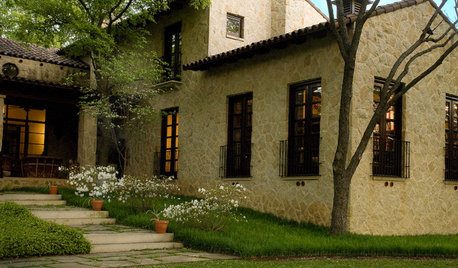
DESIGN DICTIONARYWeep Hole
Shedding water and venting air, weep holes are healthy escapes for homes
Full Story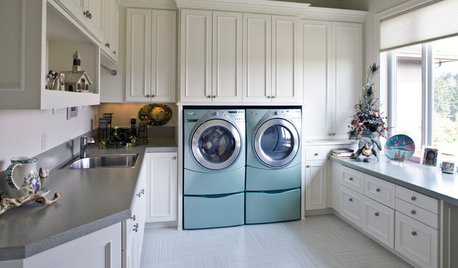
LAUNDRY ROOMSOne of the Biggest Building-Code Offenders in the Laundry Room
A dryer vent specialist shares what to do — and what to avoid — to keep things safe and efficient
Full Story
DECORATING GUIDES10 Ways to Hide That Air Conditioner
Feeling boxed in designing around your mini-split air conditioner? Try one of these clever disguises and distractions
Full Story
HEALTHY HOMEGet Cleaner Indoor Air Without Opening a Window
Mechanical ventilation can actually be better for your home than the natural kind. Find out the whys and hows here
Full Story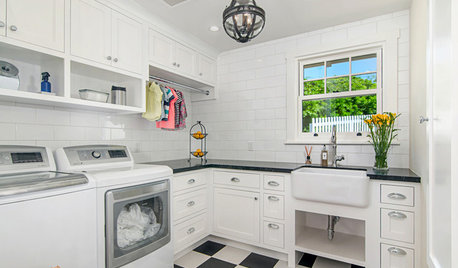
HOUSEKEEPING4 Tips to Help Prevent Winter Dryer Fires
Find out why dryer fires spike in the winter and how you can prevent them in your home
Full Story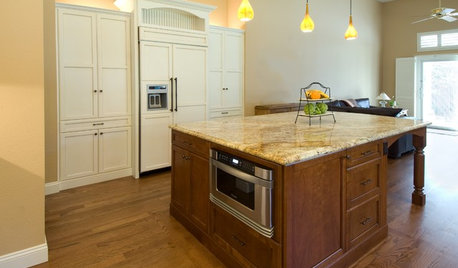
KITCHEN DESIGNDiscover the Pull of Microwave Drawers
More accessible, less noticeable and highly space efficient, microwave drawers are a welcome newcomer in kitchen appliances
Full Story
MATERIALSInsulation Basics: What to Know About Spray Foam
Learn what exactly spray foam is, the pros and cons of using it and why you shouldn’t mess around with installation
Full Story
KITCHEN DESIGNHow to Choose the Right Hood Fan for Your Kitchen
Keep your kitchen clean and your home's air fresh by understanding all the options for ventilating via a hood fan
Full Story
GREEN BUILDINGInsulation Basics: Heat, R-Value and the Building Envelope
Learn how heat moves through a home and the materials that can stop it, to make sure your insulation is as effective as you think
Full Story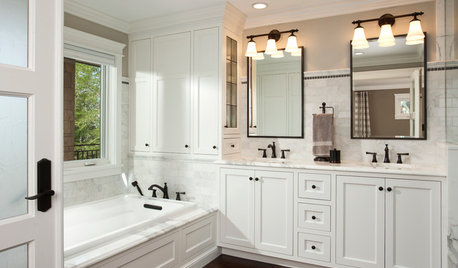
MOST POPULARHow to Get Rid of Household Mold
Find out how to work with a pro to stop mold from damaging your house and health — and how to prevent it from forming
Full Story


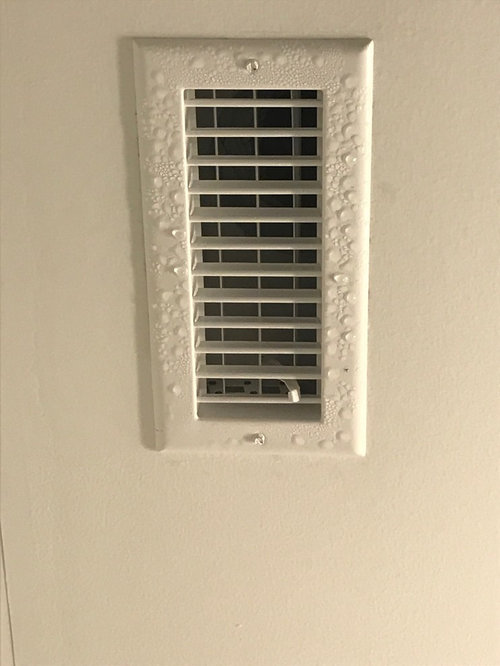
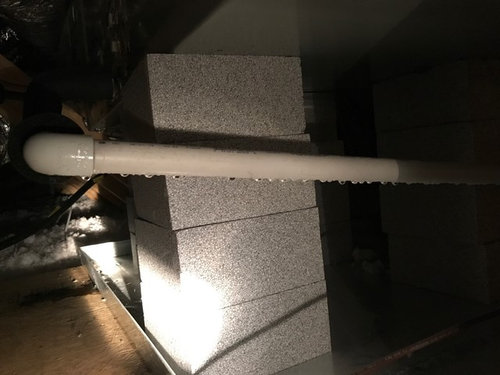

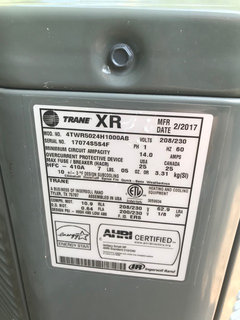

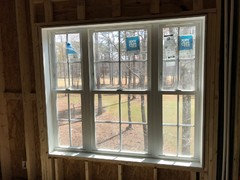





klem1